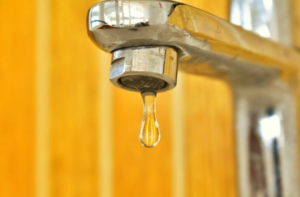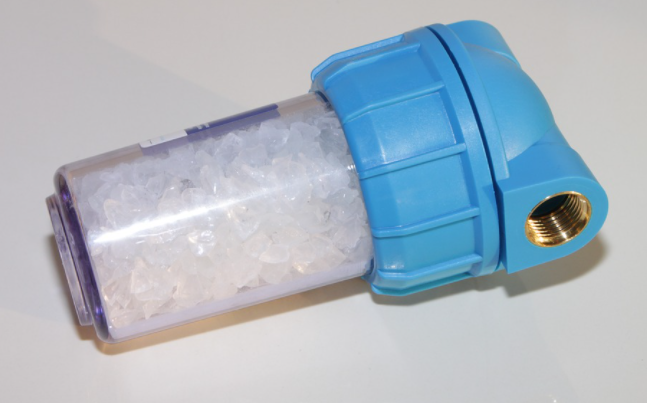Water softeners are an underrated filtration device. They do their job by allowing water to be filtered, regulating regeneration times, and replenishing salinity. You can learn more about it at thesmartconsumer.com website. Water softeners are great to protect us from getting hard water. However, they need regular maintenance. With simple measures, they can be more efficient and last longer. Now, let’s take a look at the regular maintenance of water softener.

How Salt Bridges Can Harm Your Water Softener
Salt bridges are the hard crust that forms on brine tanks and prevents salt from dissolving into the water. Resin beads cannot soften water in the absence of brine. High humidity, temperature fluctuations around the softener, or the wrong type of salt can cause bridging. Salt bridging can occur when the salt appears to be complete, but the salt deposit is still hard.
An even more severe problem than the first is salt agglomeration. This occurs when dissolved salt settles into a sludge at the bottom of brine tanks. This thick layer of salt blocks the flow of water and prevents its regeneration. The salt sludge is the reason for the appearance of a salt bridge in water tests. You can solve the problem by draining the water from the softener and removing the salt.
How to Choose the Best Salts for Your Water Softener
 There are three types of water softeners: solar, rock, and evaporative. Rock salt with a high content of insoluble minerals/impurities is the cheapest. This can lead …
There are three types of water softeners: solar, rock, and evaporative. Rock salt with a high content of insoluble minerals/impurities is the cheapest. This can lead …

